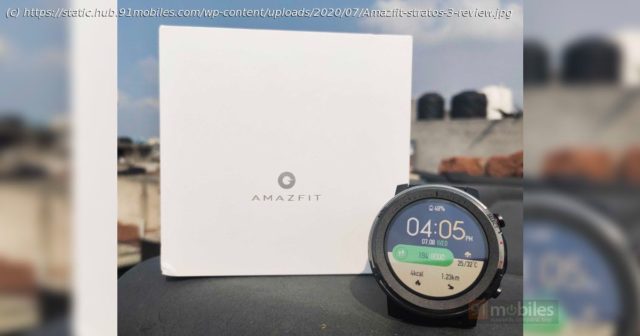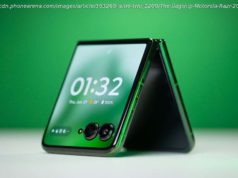The Amazfit Stratos 3 has been launched in India priced at Rs 13,999. It touts specifications that should interest fitness buffs. But is it worth buying? We
The Amazfit Stratos (review) was a compelling fitness watch option when it made its debut in India back in 2018. Strangely, its successor is called Stratos 3 for some reason and has been launched recently in India. While its design may look almost identical to its predecessor, the watch has got a few iterations under the hood. The Amazfit Stratos 3 touts improved battery life, location tracking, new sports modes, and Bluetooth v5.0, among other things. I’ve had the Amazfit Stratos 3 strapped to my wrist for almost two weeks now, and here are my thoughts about the wearable.
The Amazfit Stratos 3 makes a strong case for itself with its design and fitness-centric features. You can dress the watch up or down, depending on the occasion, and use it to track your fitness activities. However, it disappoints with its display quality, UI, performance, and app connectivity. Mind you, the Amazfit Stratos 3 is a fitness tracker first, and then a smartwatch. Those looking for true-blue smartwatch should look for options like Huawei Watch GT 2 (review), Samsung Galaxy Watch and Apple Watch Series.
You’ll love the Amazfit Stratos 3 for its design and sturdy construction. The watch flaunts a carbon fibre case, zirconia ceramic bezel, and stainless steel buttons on the right spine, much like its predecessor. However, the Amazfit Stratos 3 features an improved Corning Gorilla Glass 3 layer with a dial guarding the display instead of 2.5D Gorilla Glass. Speaking of which, the wearable features a 1.34-inch Full round transflective TFT colour display with 320 x 320p resolution and anti-fingerprint coating, which works as advertised. The watch doesn’t catch fingerprints or smudges that easily.
The device also has an always-on display that gets bright enough to view under direct sunlight, thanks to the transflective film on top. More the light, the brighter and easier it is to see the display, thus improving outdoor visibility. There is no auto-brightness sensor, but you do get to control the watch’s brightness from 0 to 4. I had no trouble using the watch with the brightness set at two. Additionally, I was truly impressed by the “wake screen on wrist raise” feature, which as the name suggests, illuminates the screen when you raise your wrist. You don’t need it in broad daylight, but the feature is very effective in low light environments.
You can navigate around the watch’s UI using both the touchscreen and physical buttons. This time, however, there are two long buttons, named “Select” and “Back”, instead of three and a couple of pushers for vertical scrolling. The buttons are tactile and don’t protrude from the watch’s body much to register any accidental touches. The screen disables itself after a few seconds, after which you’ll have to press the buttons to wake it up. Otherwise, you can enable the “double-tap to unlock” feature from the watch’s setting to wake the device by tapping on the screen twice.
Around the back, the device sports POGO charging pins and sensors for heart-rate and activity tracking.






